Charulata
Charulata : Movie Review
5 stars out of 5 ( Masterpiece )
Director : Satyajit Ray
1964, Bengali ( English subtitles available )
Gentleness in cinema is an under-utilized strength. Intensity is supposed to help - the audience should be moved, if not persuasively which is rather difficult to do, then forcibly so be it. Yells here and there, rambunctious language, some good ol' fornication and fisticuffs. These are of course the right tools in the hands of the right director - many of them use the carrot and stick. For auteur Satyajit Ray, the carrot is the stick. Whether it involves showing the ravages of poverty (Apu trilogy : 1955 - 1959) or the ferocious stupidity of Indian aristocracy in the face of the crafty British (Shatranj Ke Khilari : 1977), Ray has faced his social battles onscreen by letting slip invisible arrows that crumble the shield of pretence and reveal the quietly naked humanism underneath. It is adultery in "Charulata", the grief of a woman shot through by her stunning selfishness. There's also a subtle dig at the side effects of what a woman can do when "emancipated" by the Brahmo Samaj proponents.
Charulata (Madhabi Mukherjee) is a young lady marooned in the cozy cocoon of a wealthy genteel household. It is the Bengal of 1879 in British-ruled India. Charulata's husband is thirty-five year old Bhupati Dutta (Shailen Mukherjee) whose good heart is compromised by congenital complacency and a lack of street smarts, encouraged by ancestral riches. He's also an admirer of the Brahmo Samaj, the Hindu reform movement that negated casteism and sought to emancipate women amongst other progressive edicts. Next to the house he runs a printing press, publishing a liberal political paper of limited readership. His attractive wife shoots the breeze sultry and listless inside their two-level mansion. The churn occurs with the arrival of a guest - Dutta's twenty-three year old male cousin Amal (Soumitra Chatterjee). Amal and Charulata both hit it off, joined by their love of writing and literature, but her heart takes to him in a much deeper way than his does hers....
The modern novel is widely assumed to have erected iconic mast with the release of Gustave Flaubert's 'Madame Bovary' in 1857. Flaubert's stunningly acute psychologic delineation of the protagonist Emma is akin to watching a flesh and blood version of her in expert cinema. If you love the novel and haven't yet chanced upon a true-blue cine-Emma, then you will find a striking twin of her in 'Charulata'. Ray based the pic on Rabindranath Tagore's 1901 novella 'Nastanirh'. I am concerned less here with the originality of personas and more with the lyrical embodiment of original sin embroidered in exquisite filmic tapestry.
May Goddess Durga bless Criterion Collection - so fine a print they have made of 'Charulata'. After watching deeply artistic but primordial canvases of the Apu triology and Jalsaghar in less-than-ideal prints, it is a pleasant shock to see Ray further illumined in HD quality. This is most apparent in the opening scenes which show off the stately house interior with ornate wallpaper, shapely windows and elegant period furniture (I have not seen wallpaper like this in any Indian cinema ! ). Charulata runs from window to window, using her binoculars to catch serial snatches of a person walking along the road. Bereft of adult responsibilities, she is reduced to these childish games. At other times, she lies upon the bed or plays cards with a lady companion. Such mundane things as cooking and cleaning are handled by the servants. The most we see her exert herself is when she embroiders handkerchiefs.
Charulata has above-average looks which by themselves may not win her international pageants but Madhabi Mukherjee plays her with the deep beauty of an expert actress. Subtle nuance dominates, the dramatic highs only recruited when ocasionally needed. She can look strikingly attractive when taken by certain shades of delight, childishly violent when provoked to show off her competitive edge, and operatically moving when racked by intense desire. This is still an elegant woman, her heart in the wrong place and if you want to see it in the right place, watch Sharmila Tagore in 'Aranyer Din Ratri'.
Apropos conjugal infidelity , if you desire to see the raging fires of intolerable hell in the "caught-red-handed" scenario, go to other sequences like the early one in 'Unagi' (1997). In Charulata, the carnage is less direct and the focus is more on what a blithely self-centered spouse will do in the grip of extramarital attraction. Pic's languid poetry however is such these toxic surges are subsumed in the calm flow of day-to-day life and its suddenly emerging hidden whirlpools.
Watch for instance the superbly constructed dynamic in the sequence where both Charulata and another person await the return of Bhupati who has been deeply troubled by an incident at work. It is late night and yet he hasn't returned. The other person is genuinely worried for Bhupati. Charulata draws closer, holding the other person's hand, resting her head on the nearby shoulder and beseeching through tears, "Whatever happens, please do not leave". Her sentiment would have been touching, were it not for the travesty of her displaced despair. Later, when the storm seems to have subsided, a letter arrives. Her grief gushes through the seams like a waterfall, the dam damned when it could have been altruistically closed shut, the outpouring drowning the person who could have been spared this deluge.
Some feminists will take offense at 'Charulata', alleging that it shows the woman in the wrong. Have we become so politically correct that it becomes impossible to show a woman committing adultery ? (non-physical in this case). I do not think Ray was anti-feminist - see the paragraph below, and witness his 'Mahanagar' (1963), not merely as a balancing act but as a testament to how keenly a young lady's convictions are explored in the urban jungle.
The character of Bhupati is a favourite of Ray albeit in the negative sense - the man because of whom India has been dethroned in the last several centuries - a disaster at the personal, societal and national level. This one extends that defeat to an international level as well. Bhupati is too cowardly to wage an all-out fight for independence against the ruling British ; instead his dreamy idealism encourages him to write political critiques in his own newspaper of limited circulation. His modest figure is crested by a bearded face which may not be handsome but has a reassuring soft disposition. One has to marvel at his buried hypocrisy when, accused jokingly of sedition, he declares "But outspokenness is not the same as disloyalty!". Shailen Mukherjee essays him with a comfortable-in-the-bones elan, richly colouring in the various shades of a good but naive high-born. His unalloyed shock with heavy hyperventilation when he hears of the first axe fall, is as utterly credible as the tempered sentiment writ exquistely on his face when he embraces Charulata with a pained smile and tells her with what embarrassment he heard of others first telling him of the article she managed to get published in a reputed publication.
The only one in the house largely free of this personal la-la land is Amal, wonderfully depicted by Soumitra Chatterjee as a free-hearted young spirit. Not one but two wives are smitten by him, but Amal floats merry, seemingly unaware. As he sings a song with a delighted face and his body lightly jiggles with the innocence of a kid, his female listener internally sways to a more adult rhythm.
The English language is sprinkled in more than one place, and here I couldn't shake off the feeling, as in some other of his films, that perhaps Ray was trying to keep proceedings more accessible than needed for his international audience. Yes, educated Indians of the time often cut to English, as they do now, but I am still not covinced. But he is too gifted a director to let such minor concerns hold much weight. Tired of full-time musicians plying his prior films with over-wrought music, he himself composed the tunes here (something beyond ninety-nine percent of film directors). While the overall music doesn't disclose earth-shaking talent, the result in many places is haunting. In an early sequence, Charulata only hums the word "Bankim... Bankim" - her favourite author, while leafing through a book shelf and the effect of that plain-jane tune is sultrily lilting. Shortly after, deeply wistful are the gently rolling sitar and flute which overline Charulata's joblessness in her house - an idle bird in a gilded cage. Without any musical accompaniment save the rhythmic stretching of a swing's rope, Charulata sings a Tagore melody 'Fulay Fulay Dholay Dholay' like a slow lullaby and the effect is an exquisite affirmation of Ray's versatile depth.
Pic's triumph is all the more because it pulls near not just the emotional binoculars but also aces the tech specs. This was the last top-quality film that cinematographer Subrata Mitra made with Ray (their one and only collaboration after that was 'Nayak' - a reflective work more pedantic than potent). Mitra's gift for framing, strongly artistic scene compositon and a splendidly organic sense of how a camera should cover a scene, form the bones of this beauty. Opening credits do not deviate from a fixed frame showing a woman actively knitting - when the last credits appear the lens smartly zooms out in an uncut take to reveal it is Charulata all along who has been at it. A lamp-lit night-time scene of Charu fanning her husband while he sits on the floor and consumes luchi (Bengali flatbread) with gravy goes beyond delectable coverage ; my own appetite was stoked by the hearty nuance with which Chatterjee makes Bhupati gently tear off a piece, dip it in curry and then restfully chomp (cf. an early scene in 'Woman in the Dunes'). A third figure - a shadow on the wall behind - presages what is to come. When Amal asks Charu about her favourite authors, note how the gaze consistently handles the second woman in the frame without the need for any cut-aways. With better monetary enabling of the technicals, Mitra's camera here is more dynamic than before, but while the lens' mobility always has unmistakable artistry, there is a slight shakiness in the movement that subtracts vital inches off the technical finesse. Ultimately however, Mitra is in sublime form, evidenced at its zenith in the garden scene.
An unexpected bonus crystallizes at the fag end of the picture. There are freeze frames - one of C, one of B and the third one of A servant. Not given to such stylistic flourishes, Ray was apparently inspired by such-like conceits from Truffaut's '400 Blows'. The servant's inclusion in the trio is initially puzzling but then reveals itself as a counter nod to a partially similar rubric released just two years prior . "Sahib, Bibi aur Ghulam" was a roiling 1962 release, involving a ill-fated triangle of characters, the woman in the mix being as daring as to drink alcohol. This is Ray's "Sahib, Bibi aur Ghulam" - lighter in step compared to Guru Dutt's film and yet leaving it in the dust.
Ray's knack of weaving a scene of transporting tranquility revealed itself in his debut 'Pather Panchali' where the little brother and sister journey to a deserted field beside the train-tracks. There is a scene of similar genre in 'Charulata'. Is it one of the greatest scenes in cinema ? No. It trascends medium and establishes canon in the best-ever patheon of art itself. Charulata and Amal go to the garden. Charulata gazes through her little binoculars at a neighbour's house and sees a lady mollifying her child - the scene eventually upsets her and she changes sightline to look at something more pleasing. She and Bhupati are without issue. The question dissolves in the tropical air. Is he impotent ? Is he or she subfertile ? The garden was supposed to become a prettified landscape, but the house-holder's head is in the clouds while his wife is stuck somewhere betwixt the stars. Amal traipses through the bramble, his hand sweeping a picture of what could have been, his ruefully wry face suggesting " a stream here, with a few lotuses and some ducks, and a bridge across it, and flowers on both sides". He sits down and composes his personal fantasy, the feather-tip dipped in ink. The Bengali lettering we glimpse (Ray was also a calligrapher) is sexier than Japanese or English inscribing, with its lovely little curves, flamboyant flow and devastating sharpness. Meanwhile Charulata sits on a swing, and asks Amal to set her awing. The lens is smartly secured in front of her face and as she goes to and fro, we go with her. She sings a restful Tagore tune, as her face slips into gentle throes of intactile pleasure. She looks sideways and we look through her eyes - on the backswing we glimpse Amal, on the upswing we don't. It may be the cradle of cinema ; it could be just an arc. Have you seen a cinematically stellar rendition of Adam and Eve in the garden? If not, watch this Indian spin on it - the clothes are on, but everything else is gently blown off.
UPN
UPNWORLD

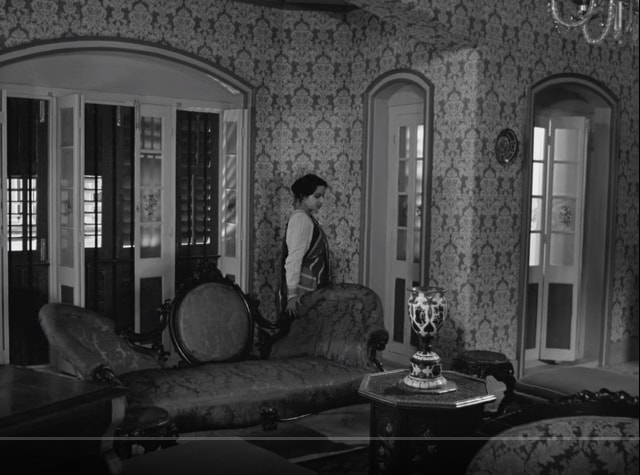
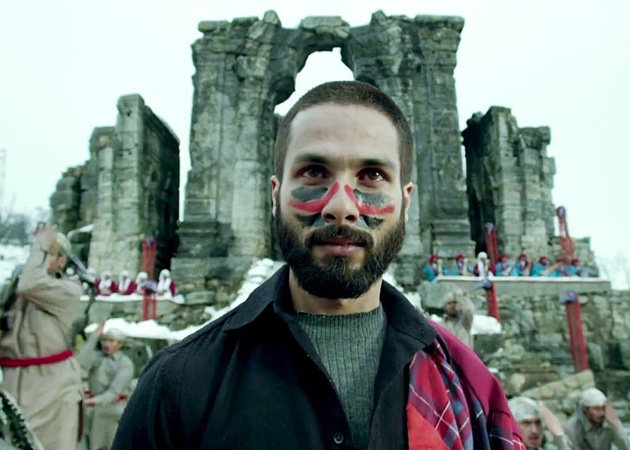
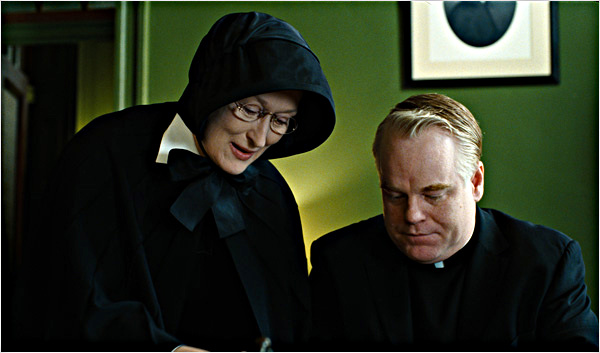
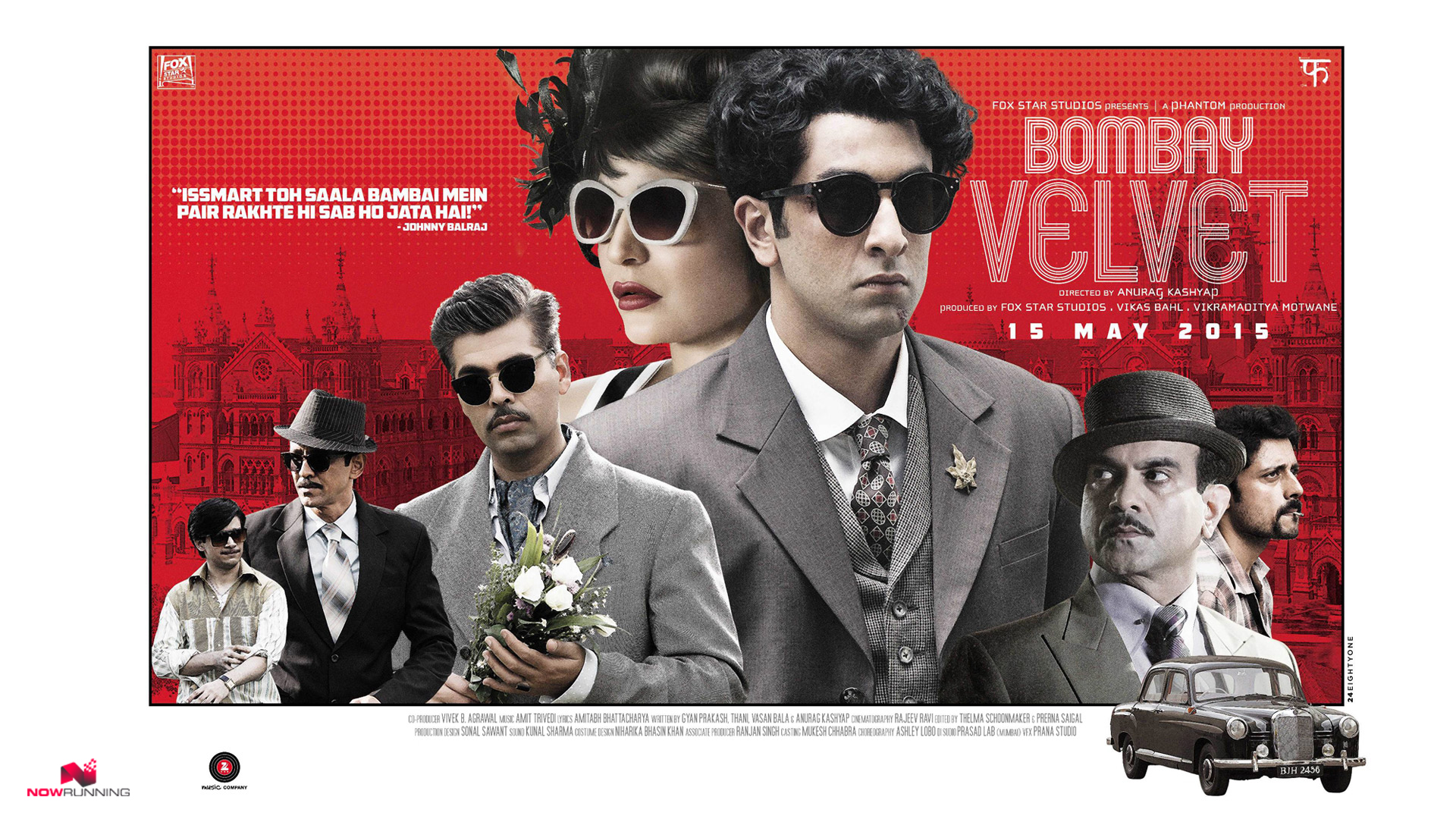
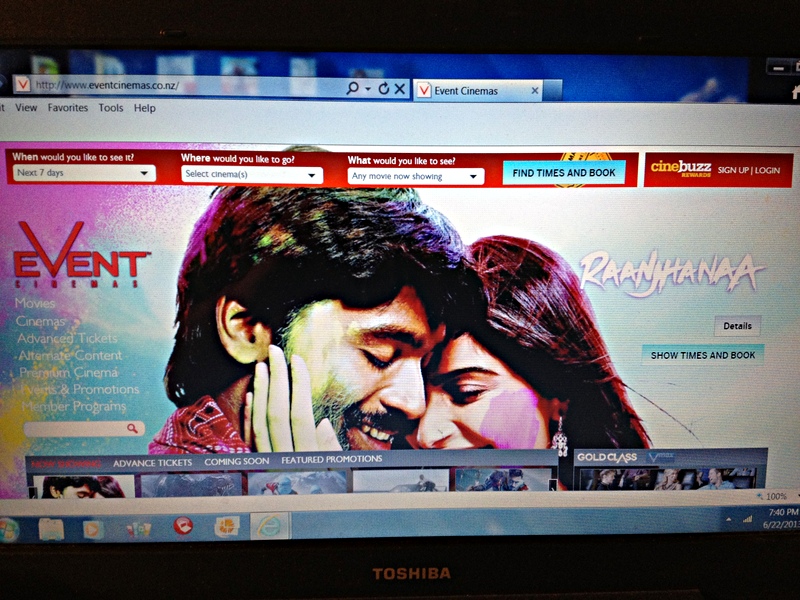




0 COMMENTS
WRITE COMMENT